
5 minute read
WILD IDEAS
PALE BUTTERWORT (Pinguicula lusitanica)
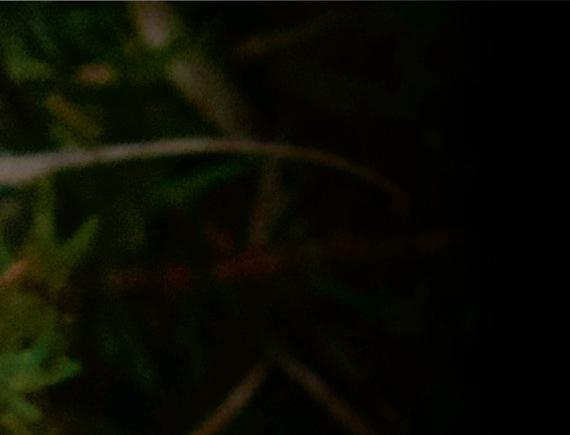
FAMILY: Lentibulariaceae (butterworts)



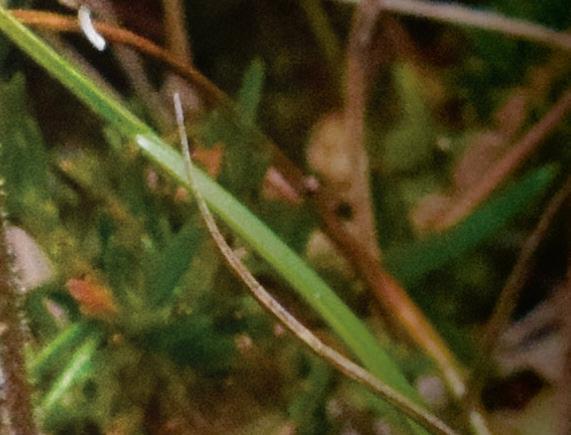
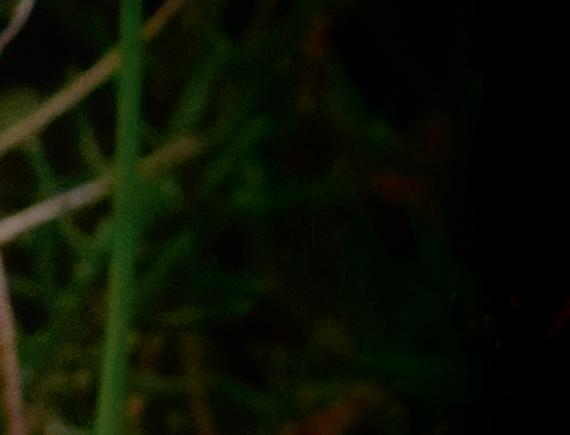


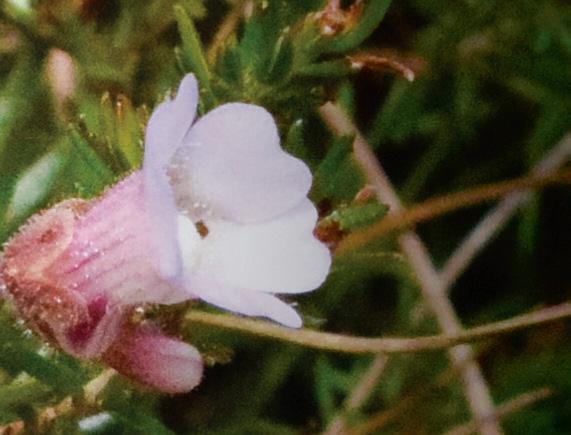
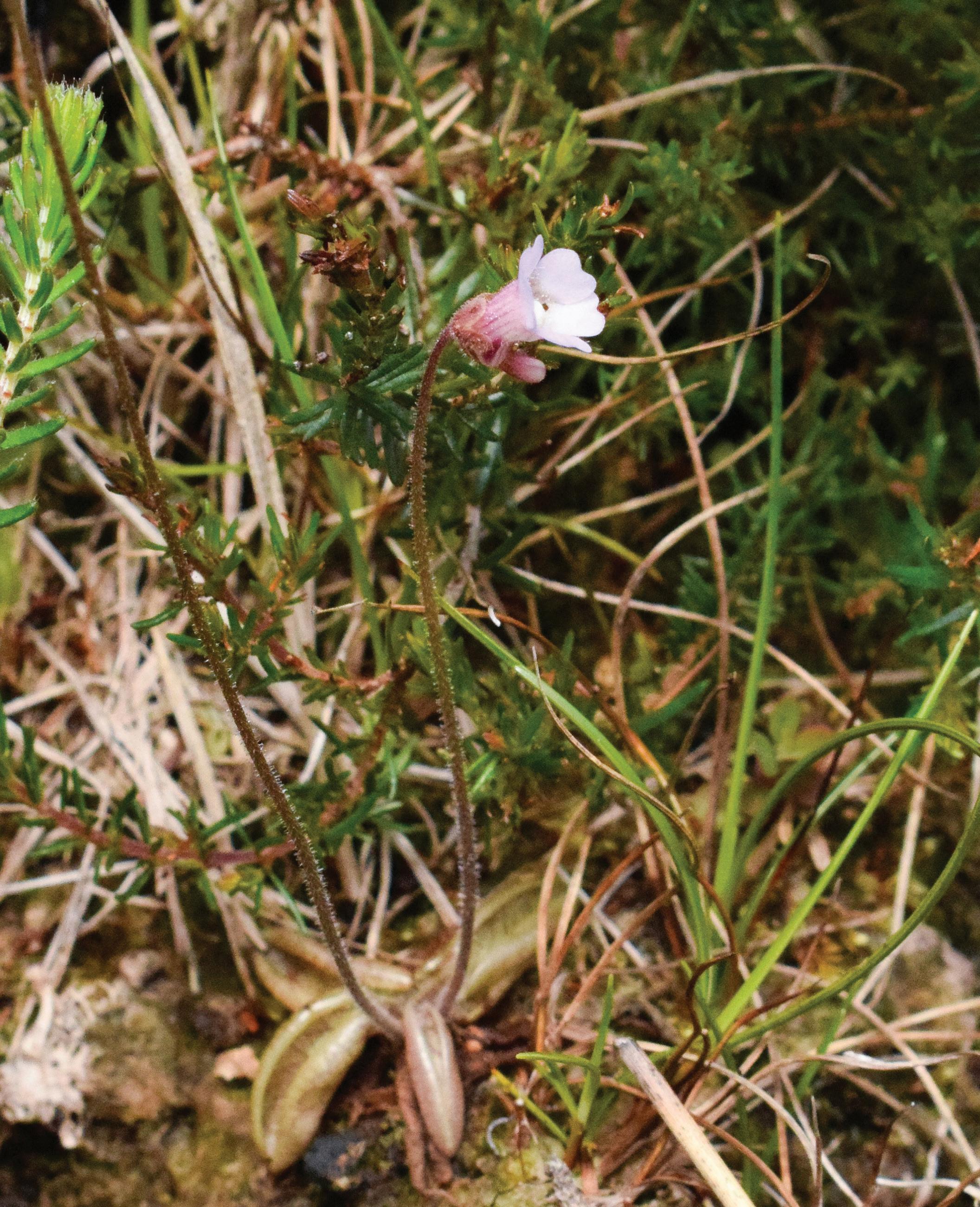
This little beauty is a species that occurs on wet heaths and bogs. Although I see this species fairly frequently, it’s always a treat to find. In Ireland, we have three species of butterwort – pale, common and large-flowered (the latter is very much a Kerry/ Cork speciality). Like other butterworts, this species is a carnivorous plant whose leaves secrete a sticky gluelike substance that traps small flies and insects, which are then digested by the plant. The leaves of all three species occur as a basal rosette; in the pale butterwort, the leaves are a dark olive/brown green that blend in easily to its damp surroundings – so often, it’s the flower you notice first. The leaves of the common and largeflowered are bright green and are much more conspicuous.
Jessica Hamilton on the magical appeal of nature’s tiniest plants. Miniature Marvels
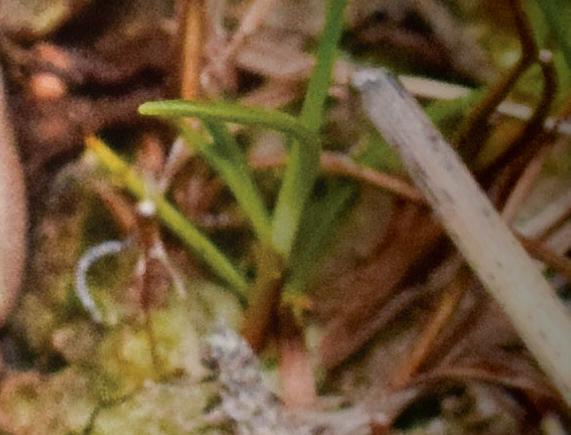
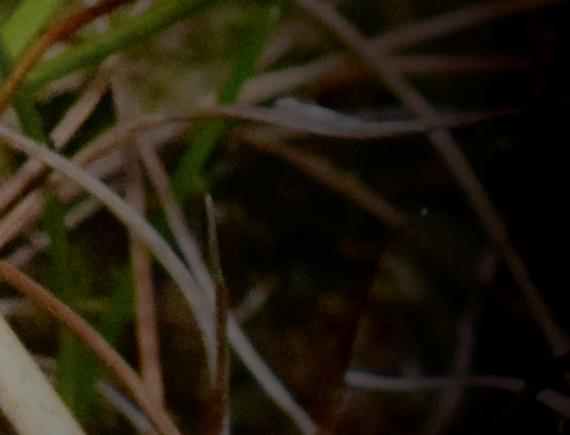
I’m based in County Kerry, which is a pretty spectacular spot, and I feel very lucky to call this beautiful county my home. I’m an avid photographer of wildlife (mainly plants and insects), and nothing pleases me more than looking back over the summer’s images on a dark autumn/winter evening. Not only is it incredibly nostalgic, but it also whets the appetite for the next season – new species I want to target and improved photos I wish to take. I’ve been lucky enough to see many fantastic plants, ranging from big showy orchids that beg you to photograph them, to some of the rarer protected species. However, some of the most exciting plants for me are the tiniest ones – the species that have you crawling around on the ground to fully appreciate their tiny scale, while at the same time being ever thankful for the invention of waterproof trousers. Although these plants are indeed small, they’re very distinctive and if you’re in a suitable habitat, they become easier to spot. Here’s a selection of some of the smaller plants I’ve been lucky enough to photograph and see over the last number of years. For some of these species, they were pointed out to me by fellow botanists – this is why field meetings are great, the hands-on experience and ID tips you get simply can’t be experienced from a book or key.

Lesser skullcap (Scutellaria minor) WILD IDEAS

LESSER SKULLCAP (Scutellariaminor) FAMILY: Lamiaceae (mint) This plant is not as infrequently seen, nor as diminutive, but it’s still not a plant you see every day and could be easily missed. Lesser skullcap is a hairless plant of damp ground in acidic heath/ grassland habitats. The flower, although quite small, really merits getting to eye level with the species and viewing the detail through a hand lens.
Lesser twayblade (Neottia cordata)
LESSER TWAYBLADE (Neottiacordata) FAMILY: Orchidaceae (orchids) We have two species of twayblade in Ireland – common and lesser. The lesser twayblade, as the name suggests, is much smaller than the common and is, in fact, Ireland’s smallest species of orchid (6-20cm in height). It’s a plant that is easily overlooked and possibly under-recorded due to its small size and is often found growing amongst thickets of heather, and has an uncanny knack for blending in with the ground vegetation which it grows on.
Allseed (Radiola linoides)
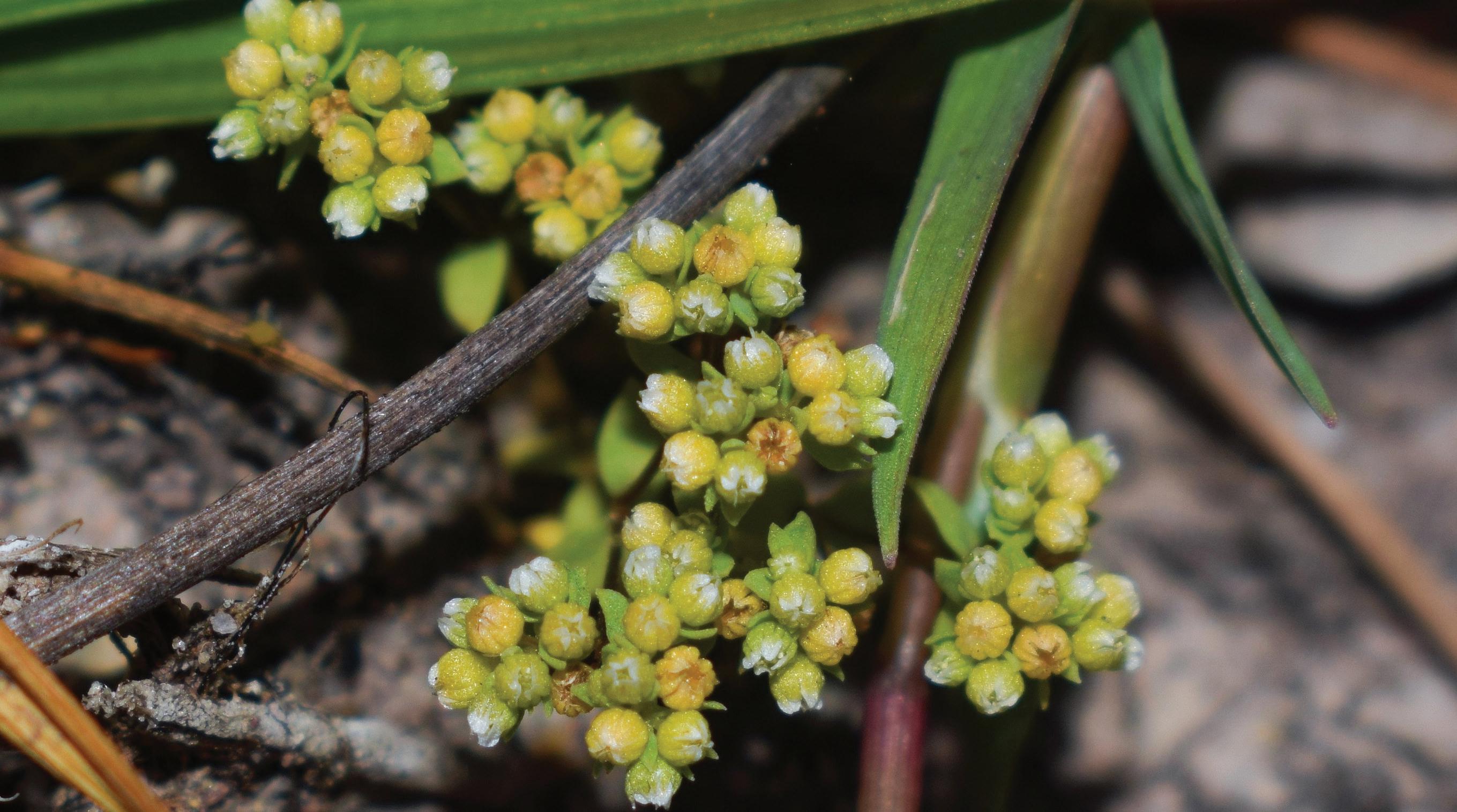
ALLSEED (Radiola linoides) FAMILY: Linaceae (flax) Predominantly a western species in Ireland, this little plant is a firm favourite of mine, and I get to see it fairly often, primarily on coastal heathy habitats, where the surrounding vegetation is stunted by grazing or the exposed nature of coastal habitats. It has quite diminutive white flowers that are not easily picked out amongst the surrounding vegetation and is much easier to see later in the year, when the plant is in seed (when, like its name suggests, it looks like it is “all seed”). Not only is this a fantastic species to meet, it’s also assessed as Near Threatened on the Irish Red List of vascular plants (NPWS Red List No 10).
CHAFFWEED (Centunculus minimus) FAMILY: Primulaceae (primrose) This species is one of Europe’s smallest flowering plants and is very miniscule indeed (the pencil pictured illustrates the scale). It is often found growing alongside allseed, but is a little bit harder to spot, although the leaves have a distinctive dark line on the underside, and it is easier to spot when in seed. Due to its small size, it’s a poor competitor and tends to appear where disturbance has occurred on damp trackways in heathy habitats – often coastal, like allseed.
FAIRY FLAX (Linumcatharticum) FAMILY: Linaceae (Flax) This little species can be found much more abundantly in comparison to the aforementioned, but again can be easily overlooked if you’re not aware of it. The white flowers are quite small, around 4-5mm across, and have dainty little veins running along the petals. I most commonly see fairy flax growing in more calcareous habitats (predominantly dunes), but also on heath. This is a really beautiful little flower that deserves further inspection with a hand lens.
Chaffweed (Centunculus minimus)


Fairy flax (Linum catharticum)










